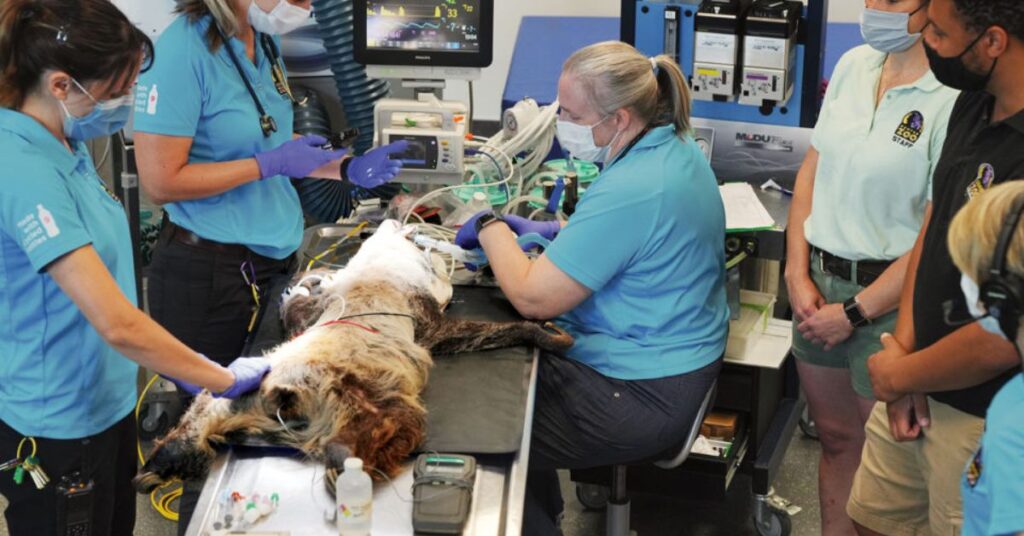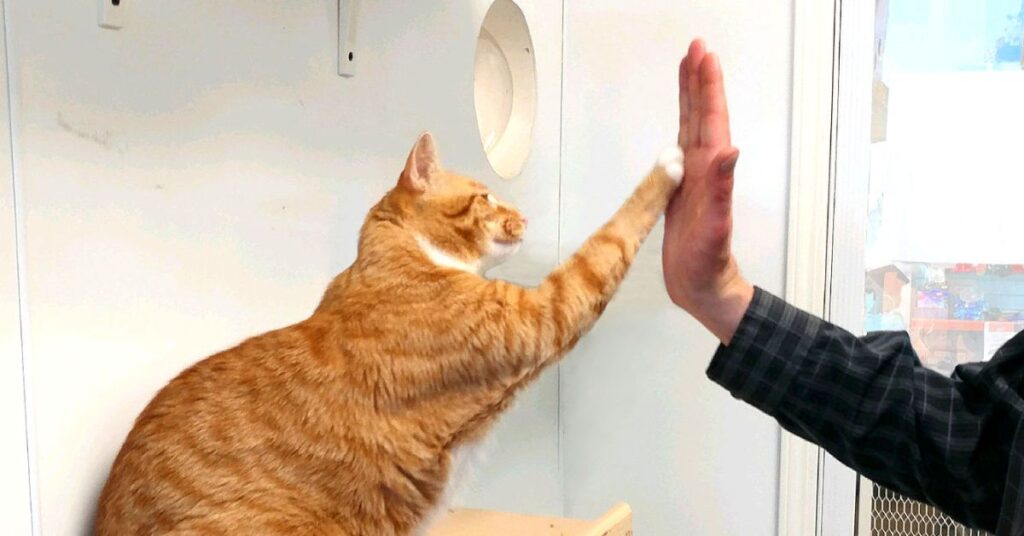Where Can I Get A Cat Declawed?-A Comprehensive Guide
Declawing a cat is a major choice that requires cautious consideration. It’s vital to understand what declawing involves and its consequences before searching for the method. Declawing consists of the surgical elimination of a cat’s claws, which can result in changes in behavior and regular fitness.
If declawing is permitted in your region and you’re still thinking about it, you should see a licensed veterinarian who performs it. However, many veterinarians discourage or refuse to declaw because of the moral problems surrounding it.
This article will offer you statistics about where you may get a cat declawed, as well as alternatives and problems to consider before moving forward with the machine.
Understanding Cat Declawing:
It’s essential to comprehend what declawing comprises before deciding which cat you may have declawed. A veterinarian removes the last bone from each toe during a surgical onychectomy to declaw a cat. Essentially, it’s amputating the cat’s toes at the number one joint. That prevents the claws from growing back, making it an everlasting alteration.
Why People Declaw Their Cats:
People opt for declawing for several motives, the most common being to shield their fixtures or save damage to people, mainly in families with children or immunocompromised humans. However, weighing the capability blessings in opposition to the drawbacks is critical, as declawing can cause significant pain and behavioral changes in cats.
The Risks Involved:
Declawing is more than nail trimming—it’s a painful technique that can cause infection, altered foot posture, and even long-term pain. Cats may experience behavioral issues, such as aggression, anxiety, and muddle subject problems. Given those dangers, many veterinarians endorse exploring alternatives before proceeding with surgical treatment.
Also Read: Can Goats Eat Bok Choy?-A Comprehensive Guide
Where Can You Get a Cat Declawed?
If you’re high-quality about declawing, finding a veterinary hospital that offers the approach is the subsequent step. However, this carrier’s supply is predicated upon where you live, as declawing is limited or outright banned in some areas because of moral issues.
1. Veterinary Clinics:
A veterinary sanatorium is the most commonplace place to get your cat declawed. Most clinics that carry out surgical tactics on cats provide declawing offerings. You should discuss with a veterinarian the pros and cons of the manner and ensure your cat is healthy enough to undergo a surgical operation. Ask the vet about pain control alternatives and submit surgical care, as those are vital to your cat’s restoration.
- Pricing: Declawing can be pricey. The rate normally ranges from $one hundred to $500, depending on the sanatorium, the method used, and whether or not the surgical treatment is completed on the front paws or all four paws.
- Recovery Time: Recovery typically takes approximately weeks, during which time your cat will need to stay indoors to avoid contamination and pain.
2. Animal Hospitals:

Some larger animal hospitals provide declawing services. Animal hospitals often have more excellent comprehensive centers and staff skilled in numerous surgical approaches. If you’re looking for an area with advanced care options, an animal health facility may be better than a small clinic.
These hospitals may also provide extra offerings inclusive of post-surgical remedy boarding, which can be helpful in case you cannot offer consistent supervision at some point of healing.
3. Availability in Your Area:
Declawing is banned in many nations, and numerous U.S. States and cities have passed regulations to limit or restrict exercise. It could be achieved only beneath strict tips in locations in which it’s allowed. Find out if the method is used where you reside by consulting a veterinarian and your local legal advisor.
Several communities, including Denver, San Francisco, and Los Angeles, have outlawed declawing. Due to ethical concerns, not all veterinarians are eager to conduct surgical procedures in places where it is lawful.
Aslo Read: Is Nutrish A Good Cat Food?-A Comprehensive Guide
Alternatives to Declawing:
If you’re reconsidering declawing due to its capability risks and prolonged-time period effect on your cat’s health and well-being, several options could help manage undesirable scratching without resorting to surgical treatment.
1. Nail Trimming and Claw Caps:
Regular nail care is one of the best ways to prevent scratching. Many Cat owners clip their cats’ nails every few weeks, which reduces the harm they may do to people or furniture. Claw caps are another humane opportunity. These small plastic coverings match your cat’s claws and save them from causing damage. Claw caps generally last about 4 to 6 weeks and fall off manifestly because the cat’s nails develop.
2. Scratching Posts and Pads:
Providing scratching posts or pads can assist in redirecting your cat’s herbal scratching behavior. Please place them in areas where your cat likes to scratch and close to furniture or doors. Cats instinctively scratch to mark their territory, stretch, and maintain their claws sharp, so giving them the precise outlet can significantly lessen unwanted scratching for your furniture.
3. Behavioral Training:

Training your cat to avoid scratching certain regions is a different alternative. While it may take time and persistence, extraordinary reinforcement strategies can help your cat learn which areas it’ll be allowed to scratch. Reward your cat with treats or interest when they use the scratching post instead of your furnishings. Consistency is fundamental in assisting your cat in improving its actual scratching conduct.
4. Soft Paws or Feline Soft Claws:
Another famous possibility for declawing is Soft Paws or Feline Soft Claws, which can be vinyl nail caps that are in shape over the cat’s natural claws. These caps are carried out with adhesive and don’t prevent the cat from extending or retracting their claws, but they make scratching much less damaging.
Also Read: Can Goats Have Bell Peppers?-A Comprehensive Guide
FAQ’s:
1. Will vets declaw cats anymore?
AVMA discourages declawing as a non-obligatory method and facilitates non-surgical alternatives.
2. Can I get my indoor cat declawed?
If you may declaw a cat, it goes hand in hand with a 100% indoors. We no longer suggest declawing again because of the more significant ache that causes the cat.
3. At what age should a cat be declawed?
The most unusual time we do the surgical treatment is often less than six months of age.
4. Is it merciless to declaw a cat?
This surgical method can be excruciating on your cat and could completely regulate your cat’s behavior.
Conclusion:
Getting a cat declawed is a good-sized preference with moral and practical worries. While the procedure remains in some areas, it’s vital to discover options like education, claw caps, and ordinary nail reduction to cope with scratching behavior.
If you’re devoted to declawing, speak with a veterinarian who can guide you through the procedure, communicate the risks, and help you make a knowledgeable choice that prioritizes your cat’s well-being.






